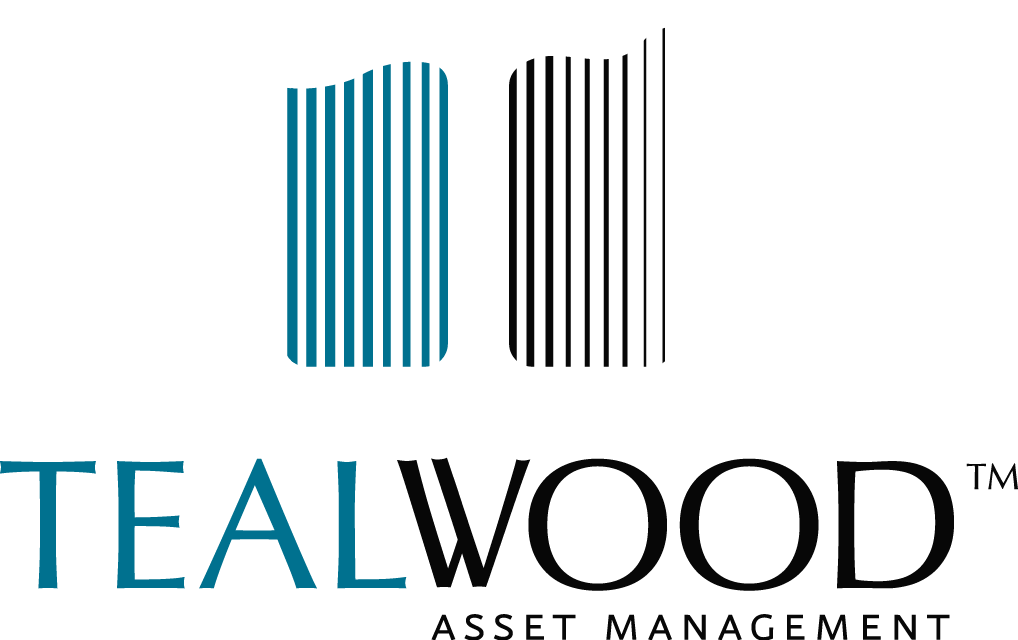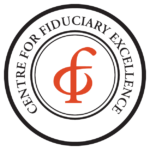U.S. markets, especially the S&P 500 Index, have put on an impressive rally. On November 1, 2023, the Fed interest rate message shifted. In the previous 22 months, rates rose, the S&P 500 Index was down about 8%, and the equal-weighted S&P 500 was down over 13%. Rather than keep interest rates high, the Fed began to lower rates in November, attributing the shift to moderating inflation. From November 2023 to March 2024, the S&P 500 Index rose 24%. In the first quarter of 2024, there were 22 days when the S&P 500 set record highs. This exciting rally occurred without any change in expectations for Index earnings. While earnings growth averaged a modest 3% in ’22 and ’23, consensus estimates now project substantial earnings acceleration, averaging 12% annual increases for ’24 and ’25.
Twenty-four percent increases in valuation are unlikely to repeat themselves, and the projected earnings increases seem aggressively hopeful. The Fed just repeated its projection of multiple rate decreases; however, to date, no cuts have been made, and we are skeptical about a meaningful decline in interest rates. We describe our outlook as” top-down crabby and bottom-up positive.” It sounds paradoxical, so let us explain.
Top-down is the impact of the big macro: the economic outlook and the impact of extrinsic events. Bottom-up is the influence of an individual business. While there is plenty to be crabby about in the world of extrinsic events, we see the ability to select high-quality companies that, in our view, will do better in whatever environment awaits. In our take, there is no contradiction in this straddle.
While the Presidential election will be hugely distracting, this complexity does not influence our outlook. In January of 2022, after an incomprehensibly long run of declining and low-interest rates, we crossed over into a new secular interest rate cycle of rising interest rates. The causes include deglobalization and record low labor participation. However, the largest factor is the cascading consequences of the unprecedented scale of our national debt, now $34T and counting. The potential for printing our way out is a discouraging prospect.
Rising rates could dampen valuation, challenge balance sheets, and impact the real rate of return. Given these threats, we seek to invest at reasonable prices, prioritize balance sheet strength, and focus on persistent, consistent growers. Our bond strategy of short duration and good credits has provided a meaningful advantage in what has been a stressed bond market. The geopolitical risks are also a factor in the top-down complexity and yet another reason to be proactive about risk management. Ultimately, we come down on the side of free markets’ capacity to be resourceful and to provide compounding opportunities. Distinct tailwinds and competitive advantages provide selective rewards, from technology to healthcare to plentiful other niches.
We believe that continued good results will flow from differentiating our strategies from the market, not replicating them. We will be disciplined about quality and invest at reasonable prices. Critical thinking about herd behavior will be much more important in this challenging environment. Bottom-up positive will win over top-down crabby.
Data sourced from MacroTrends as of 4/5/2024,
https://www.macrotrends.net/2015/fed-funds-rate-historical-chart

